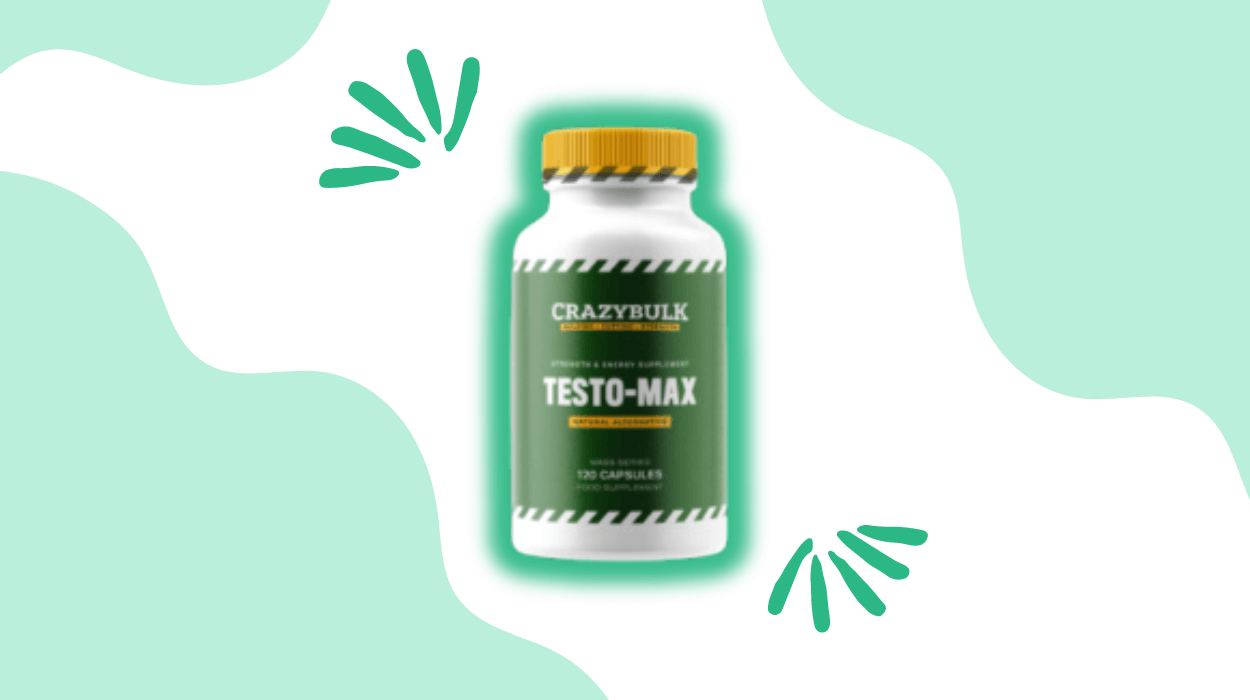

Tooth pain may arise from tooth decay, a dental abscess, or broken teeth. Its severity or intensity might worsen when you drink or eat, especially cold or hot foods.
Some natural remedies like rinsing your mouth with saltwater, applying a cold compress, or chewing guava leaves may help soothe mild cases of toothache.
Immediate dental care is vital for addressing the root cause of toothaches, but home remedies may provide temporary relief and help manage symptoms. They could help reduce the intensity of toothaches until professional treatment is obtained.
This article discusses 15 home remedies that could help soothe toothache and alleviate associated discomforts.

When you apply a cold compress, it may cause the surrounding blood vessels to constrict, helping decrease pain severity. The cold temperature may help reduce swelling and inflammation, possibly relieving tooth pain.
Cold temperatures may interfere with the transmission of pain signals to the brain. Applying a cold compress to your jaw/cheek (near the painful tooth) may disrupt the pain signals, providing you relief from the intensity of the toothache.
The sensation of cold may provide you with a distraction from the pain of a toothache, helping shift your focus away from feelings of pain. It could be a safe and easy-to-use method that may manage pain until further dental treatment is sought.
Here’s how to properly use a cold compress to soothe toothaches:
Hydrogen peroxide has bacterial-killing properties, which may also reduce plaque buildup and assist in healing bleeding gums. It may reduce the bacterial load in the mouth, possibly alleviating the pain associated with toothaches.
It may work as a mild disinfectant, helping clean and flush out debris from around the affected tooth or gums. The cleansing action may reduce inflammation and provide relief from pain associated with trapped food particles or bacterial buildup.
Hydrogen peroxide may release oxygen bubbles that might penetrate small crevices and gaps around teeth and gums. The oxygenation process may help remove debris and plaque, creating a cleaner and healthier oral environment.
Here’s how to make and use a hydrogen peroxide rinse safely:
Peppermint contains menthol, which may act as a natural analgesic. When applied topically or used as a compress (such as with a tea bag), menthol could help numb and reduce toothache pain temporarily.
It has anti-inflammatory properties that may reduce swelling and inflammation around the affected gums or tooth. Such anti-inflammatory action may ease pressure on nerves and provide relief from toothaches.
Applying a warm/cold peppermint tea bag to the affected area may reduce bacterial activity. Such effects could potentially prevent further infection and promote oral hygiene.
Here’s how to use peppermint tea bags to manage toothaches:
Alternatively, you may chill the used peppermint tea bag in the freezer for a few minutes to create a cold compress.
Garlic has potent anti-inflammatory and antibacterial effects that may help manage toothache and reduce plaque buildup. It contains the antibacterial compound allicin, which may combat the oral bacteria that contribute to toothaches and gum pain.
Chewing raw garlic or applying crushed garlic cloves directly to the affected tooth may create a numbing sensation. The numbing effect could temporarily soothe toothache by dulling the sensitivity of nerve endings around the tooth.
Studies have suggested that garlic could be effective in managing advanced gum disease, such as periodontitis. Garlic could also help reduce the risk of developing other oral health conditions like mouth sores and oral cancer.
Saltwater has an osmotic effect, meaning it could draw excess fluid out of swollen tissues. It may reduce inflammation and relieve pressure on sensitive nerves, thereby providing immediate relief from toothache pain.
The alkaline nature of saltwater may neutralize acids in the mouth that may contribute to tooth decay and sensitivity. Such effects may promote a healthier oral environment and reduce discomfort associated with acidic conditions.
Gargling with saltwater may cleanse the mouth by removing food particles, debris, or other substances that may aggravate toothache symptoms. The cleansing action could also promote the healing of irritated gums and oral tissues.
Here’s how to prepare and use a saltwater rinse to manage toothache:
Guava leaves contain anti-inflammatory compounds like quercetin and flavonoids. They could help minimize swelling and inflammation in the gums, providing relief from toothache.
Chewing on guava leaves may release analgesic compounds like guaijaverin that may temporarily soothe toothache. Guava leaves may help tighten and tone the gums, thereby reducing discomfort and pain associated with loose or inflamed gums.
Guava leaves have a high vitamin C content, which is essential for maintaining gum health and preventing gum disease that may contribute to toothaches.
Here are some ways guava leaves could be used to manage toothaches:
Vanilla extract contains some alcohol content, which may act as a natural numbing agent. It could temporarily numb the gums and the area around the painful tooth, thereby providing relief from the pain.
It has mild antiseptic properties, which might help detoxify the affected area and reduce the risk of infection. Vanilla extract has antioxidants, which could help reduce inflammation and promote healing in the gums and surrounding tissues.
The pleasant aroma and taste of vanilla extract may have a soothing effect on the nerves. It could provide a sensory distraction and psychological comfort, helping shift focus away from the toothache.
Applying vanilla extract to the affected area is simple and convenient. Dabbing a cotton ball in vanilla extract and gently placing it on the painful tooth may help relieve pain and promote healing.
Clove contains eugenol, a natural compound with analgesic (pain-relieving) and anti-inflammatory effects. It may help numb nerve endings in the gums and around the affected tooth. The numbing effect may provide temporary relief from toothache pain.
Eugenol in cloves also has potent antimicrobial properties. It may combat bacteria that contribute to tooth decay and gum infections. Such effects may reduce the risk of further complications and ease discomfort caused by bacterial activity.
Here are some ways to use cloves to manage toothache and optimize oral health:
Wheatgrass contains chlorophyll, which has potent antibacterial properties. Applying wheatgrass juice or powder directly to the affected tooth or gums might help eliminate the bacteria responsible for dental infections.
The natural enzymes and amino acids in wheatgrass juice may soothe oral tissues and promote the healing of minor wounds or irritations. The soothing effect may comfort the affected area and reduce sensitivity associated with toothaches.
Here are some ways to manage toothache using wheatgrass:
White willow bark contains salicin with natural analgesic properties. Saliciin might relieve tooth pain by reducing inflammation and restricting the production of prostaglandins, which are chemicals involved in pain signaling.
The salicin in white willow bark may reduce inflammation in the gums and surrounding tissues. It could help reduce pressure on nerves and provide relief from the throbbing pain associated with toothaches.
White willow bark may improve blood circulation to the body tissues. Enhanced blood circulation to the affected area may promote faster healing of damaged tissues and reduce discomfort caused by toothaches.
Here are some ways to use white willow bark for toothache relief:
Thyme contains essential oils like thymol, which has potent antimicrobial properties. These properties may help eliminate bacteria that might be causing tooth decay or gum infections.
It has antioxidants like flavonoids and polyphenols, which might help neutralize free radicals and reduce oxidative stress in the mouth. Such effects may encourage a healthier oral environment, potentially reducing toothache symptoms.
Here are some ways to use thyme for toothache relief:
Apple cider vinegar possesses acetic acid, which has natural antibacterial and antiseptic effects. It could help eliminate oral bacteria that may contribute to tooth decay, gum disease, or dental infections.
Due to its slightly acidic pH, apple cider vinegar may create an unfavorable oral environment for bacterial growth. Maintaining a balanced pH in the oral cavity might help reduce inflammation and discomfort caused by toothaches.
Raw, unfiltered ACV contains trace minerals like potassium and magnesium. These minerals may support gum health and strengthen tooth enamel, potentially reducing sensitivity and discomfort associated with toothaches.
Here are two ways to use ACV for toothache relief:
However, it is essential to stay cautious as the acidity of apple cider vinegar may erode tooth enamel if used excessively. Therefore, it is advisable to dilute the vinegar with water before application.
Curcumin, the active compound of turmeric, has potent anti-inflammatory effects. When applied as a paste or included in mouthwash, turmeric may reduce swelling, redness, and discomfort in the gums caused by various dental issues.
Turmeric has mild analgesic properties that may soothe toothache pain by interfering with pain signaling pathways. Its antimicrobial properties could also prevent or alleviate infections that may contribute to toothaches, such as gingivitis or dental abscesses.
To use turmeric for toothache relief, consider the following options:
Cinnamon has antibacterial and anti-inflammatory properties that might help protect against cavities and reduce the risk of fungal infections. It contains cinnamaldehyde and eugenol, compounds that may help combat the bacteria that cause dental infections and toothaches.
Here are some ways to use cinnamon for toothache relief:
The toothache plant, scientifically known as Acmella oleracea, contains the bioactive compound spilanthol. When applied to the gums or teeth, spilanthol may produce a numbing sensation that might provide immediate but temporary relief from tooth pain.
Chewing on the toothache plant may stimulate saliva production. Increased saliva helps cleanse the mouth, neutralize acids, and maintain oral hygiene. These effects may indirectly alleviate toothache discomfort by promoting a healthier oral environment.
To use the toothache plant for tooth pain relief:
Before implementing the above-mentioned remedies, you should stay aware of the potential side effects linked with their use.
Seek professional dental care if you experience signs like prolonged tooth pain, trouble breathing or swallowing, abnormally red gums, or foul-tasting discharge. Ignoring these signs may worsen your condition and lead to more extensive dental issues.
To help you determine when it’s time to contact your dentist, refer to the following table:
| Symptoms | Indications |
|---|---|
| Fever | It could signal an infection or abscess. |
| Trouble breathing | Urgent sign of a potentially serious issue. |
| General pain | Lasting beyond a couple of days may signify an underlying problem. |
| Swelling | Indicates inflammation or infection. |
| Pain when biting | This could suggest a dental injury or infection. |
| Red gums | Sign of inflammation or gum disease. |
| Foul-tasting discharge | Indicates a potential infection or abscess. |
Dealing with toothaches could mess up your day-to-day routine. It might even prevent you from enjoying your favorite foods and make it hard to move your face and jaw.
Some foods like citrus fruits, alcohol, carbonated drinks, bread, or sour candies are more likely to cause plaque buildup and lead to toothaches. It is advisable to limit their consumption to prevent plaque buildup.
Just remember to see a dentist ASAP if you are experiencing tooth pain, swelling, difficulty biting or chewing, or if you notice a bad taste coming from a tooth. Regular dental check-ups may help catch these issues early on, promoting good oral health and overall well-being.
Practice good oral hygiene practices like flossing at least once daily, brushing your teeth at least twice daily, and considering the use of mouthwash. These practices might help avoid plaque buildup, potentially decreasing the risk of toothaches.
Tyler Read earned an undergraduate academic degree from Sonoma State University, California and is a certified personal trainer (CPT) with NASM (National Academy of Sports Medicine). With over 16 years of experience, Tyler has trained clients both online and in-person.
He is passionate about helping others turn their love for fitness into a career. Tyler has worked with many local and commercial gyms before establishing his successful private personal training business, which he continues to operate.
